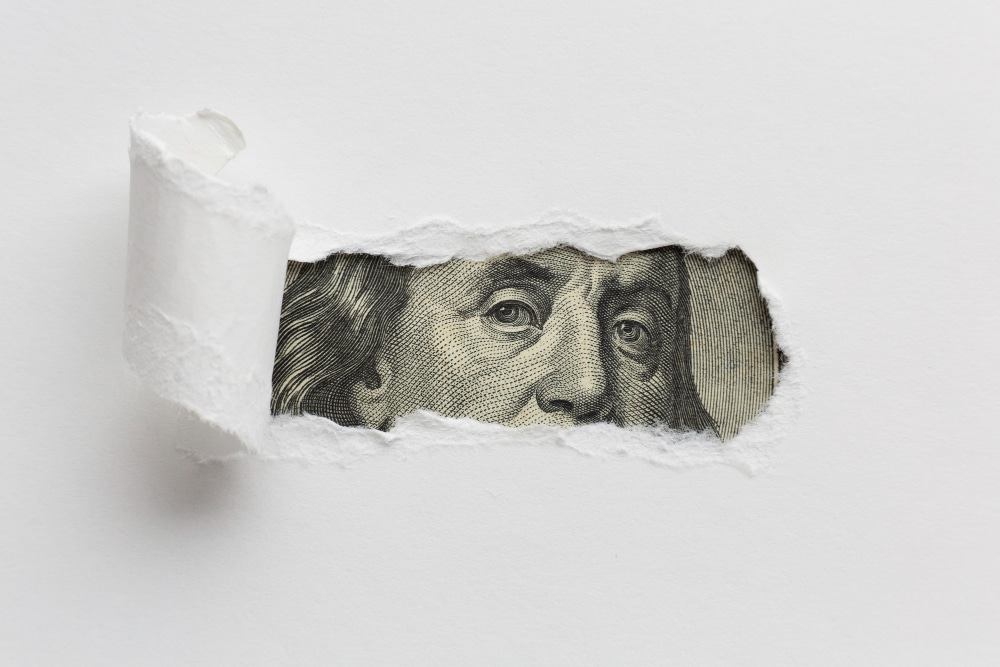The use of blockchain technology in the art world is causing a big change in how we see and deal with art. It’s changing the way people own art in a new way. Blockchain is decentralized, and with the rise of Non-Fungible Tokens (NFTs), it’s changing the art market. This is giving artists, collectors, and fans new options.

NFTs are getting a lot of attention. They’re a new way to buy, sell, and own art. This is part of a bigger trend where art is turned into tokens and put on the blockchain. Blockchain is doing more than just NFTs in the art world. It’s also being used to verify art, track its history, make it easier to buy and sell, and more. Exploring these different ways blockchain is changing art helps us understand how the art industry is evolving. If you want to learn more about this, you can visit Immediate Cypher, an Investment Education Firm, for more information on this changing landscape.
Understanding Blockchain Technology
A Brief Overview of Blockchain and Its Fundamental Concepts
Blockchain is a decentralized ledger technology that records transactions across a network of computers. Its core principles include decentralization, consensus mechanisms, and cryptographic security. These features ensure the integrity and transparency of data stored on the blockchain.
The Decentralized Nature of Blockchain and Its Implications for the Art World
Decentralization eliminates the need for a central authority, making transactions on the blockchain trustless and censorship-resistant. In the art world, this means that ownership records, provenance, and authenticity can be verified without reliance on intermediaries.
Transparency, Security, and Immutability in Blockchain
Blockchain’s transparency allows anyone to access transaction history, promoting trust and accountability. Its cryptographic security safeguards data from tampering or fraud. Immutability ensures that once a record is on the blockchain, it cannot be altered, enhancing the integrity of art-related information.
NFTs: The Game Changer
What Are NFTs (Non-Fungible Tokens)?
NFTs are unique digital tokens representing ownership or proof of authenticity of digital or physical assets. Unlike cryptocurrencies, NFTs are indivisible and cannot be exchanged for one another, making them ideal for representing unique artworks.
How NFTs Have Disrupted Traditional Art Ownership
NFTs have democratized art ownership, allowing artists to sell their work directly to collectors on blockchain-based marketplaces. This disintermediation reduces costs and gives artists more control over their creations.
Notable NFT Art Sales and Their Significance
High-profile NFT art sales have garnered attention worldwide. These transactions demonstrate the growing acceptance of digital art and the willingness of collectors to invest in NFTs, further blurring the lines between traditional and digital art markets.
Blockchain and Art Authentication
Solving the Problem of Art Forgery and Authentication
Blockchain technology offers a solution to the longstanding issue of art forgery. By recording an artwork’s unique attributes on the blockchain, collectors and experts can verify its authenticity with confidence.
Digital Certificates of Authenticity on Blockchain
Digital certificates of authenticity, stored on the blockchain, provide a tamper-proof record of an artwork’s origin and ownership history. These certificates serve as digital fingerprints, making it nearly impossible to counterfeit or alter.
The Role of Blockchain in Provenance Tracking
Blockchain enables the transparent tracking of an artwork’s provenance throughout its history. This feature aids in the verification of an artwork’s legitimacy and can protect against art theft and trafficking.
Art Market Accessibility and Fractional Ownership
Reducing Barriers to Entry in the Art Market Through Tokenization
Blockchain’s tokenization capabilities allow art to be divided into smaller, more affordable fractions. This opens the art market to a broader range of investors, fostering a more inclusive art ecosystem.
How Fractional Ownership Models Democratize Art Investment
Fractional ownership models allow multiple individuals to collectively own a share of an artwork. This innovative approach enables art enthusiasts to invest in high-value art pieces while sharing the costs and risks.
The Potential Impact on Art Market Dynamics
The emergence of fractional ownership models may reshape the traditional art market by increasing liquidity and broadening the base of art investors. This could lead to a more dynamic and diverse art market.
Smart Contracts and Royalties
Automating Artist Royalties Through Smart Contracts
Smart contracts, self-executing agreements on the blockchain, can automate royalty payments to artists whenever their work is resold. This ensures that artists receive fair compensation for their creations, even in secondary markets.
Ensuring Fair Compensation and Residual Income for Artists
Smart contracts also enable artists to negotiate and enforce terms that guarantee them a portion of the sale price every time their work changes hands. This new revenue stream can provide artists with greater financial stability.
The Evolving Relationship Between Artists and Collectors
Blockchain technology fosters more direct and transparent relationships between artists and collectors. Artists can engage directly with their audience, creating a sense of community and loyalty among collectors.
Challenges and Future Prospects
Scalability and Environmental Concerns of Blockchain in Art
Scalability remains a challenge for blockchain technology, as it needs to accommodate the growing demand for NFTs and other art-related applications. Additionally, the environmental impact of blockchain’s energy consumption raises concerns that must be addressed.
Regulatory Considerations and Intellectual Property Rights
The art industry’s adoption of blockchain raises questions about regulatory compliance and the protection of intellectual property rights. Governments and institutions are developing frameworks to address these issues.
The Future of Blockchain in the Art World: Predictions and Possibilities
Despite challenges, the future of blockchain in the art world looks promising. Innovations such as decentralized autonomous organizations (DAOs) and metaverse art experiences may reshape the way we perceive, create, and interact with art.
Conclusion
In conclusion, blockchain technology is fundamentally reshaping the art world, enhancing transparency, democratizing access, and creating new avenues of income for artists. The art industry must seize these opportunities, adapt to the evolving landscape, and foster continued exploration of blockchain’s potential. As blockchain evolves, its applications in art will expand, offering a promising future that goes beyond NFTs and transforms the industry even further.

